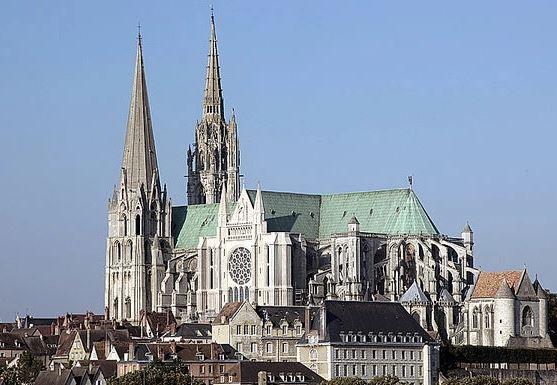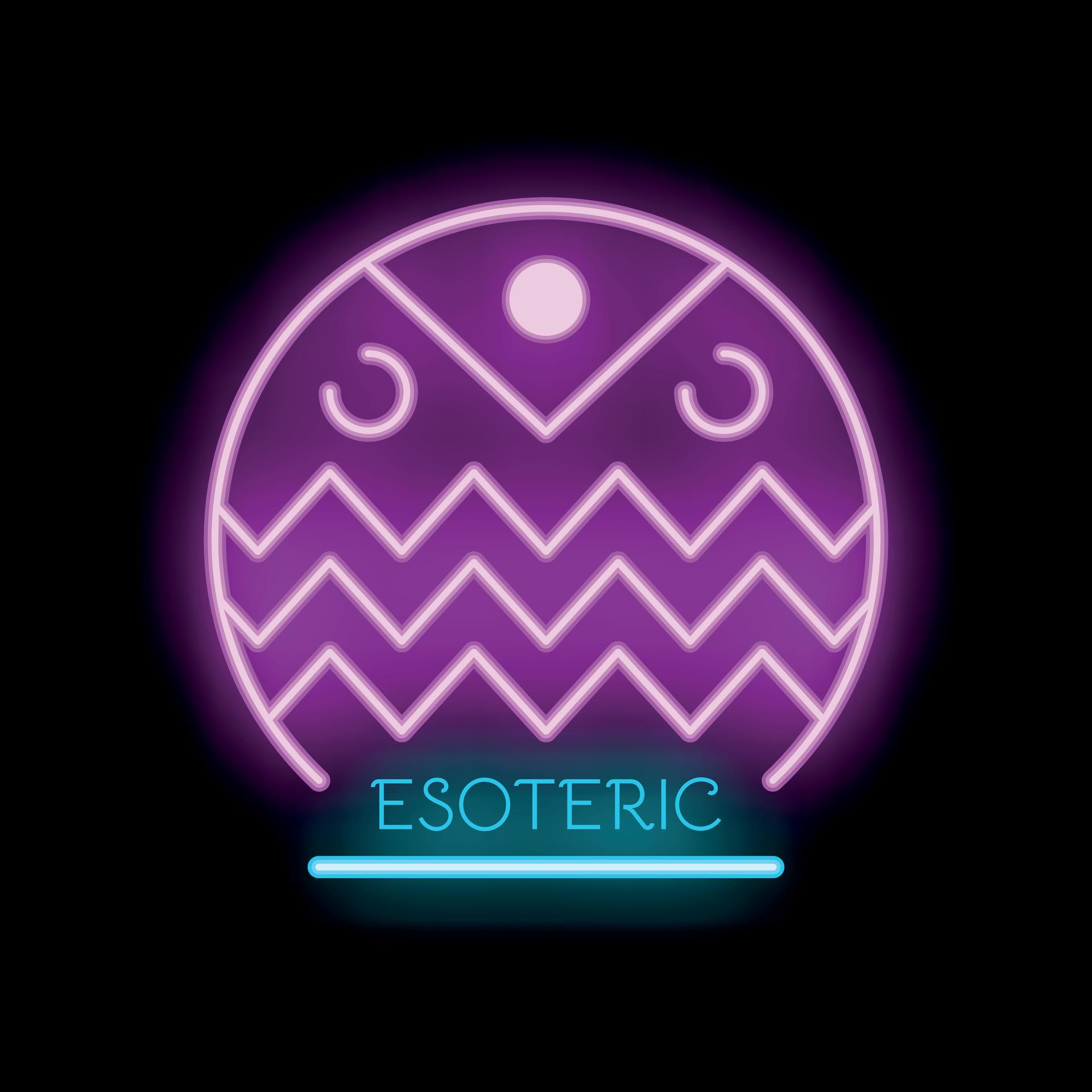School of Chartres

The School of Chartres was a significant center of philosophical and theological education in medieval Europe, playing a particularly important role in the 12th and 13th centuries. It was closely associated with Chartres Cathedral in France, which was a major center of learning and intellectual life at the time.
Background and History
The School of Chartres was an important Christian educational institution, focusing on Platonic philosophy, Greek antiquity, alchemy, and other esoteric disciplines. It emerged at a time when the Western world was showing growing interest in the Greek and Roman classics, and scholasticism was slowly taking shape.
Chartres was a major pilgrimage destination and a center of spiritual and cultural exchange in the Middle Ages, making the school an intellectual hotspot of the time. Here, works from ancient Greek philosophy, especially the writings of Plato and Aristotle, were studied and reconciled with Christian theology.
Characteristics of the School of Chartres
Platonic and Neoplatonic Philosophy: A central feature of the school was its strong focus on Platonic philosophy, which was particularly influenced by Neoplatonism and the works of Plato and Plotinus. In contrast to the Aristotelian School, which later dominated scholastic philosophy, the School of Chartres favored the idealistic, spiritual, and mystical aspects of the Platonic tradition of thought.
Rediscovery of Ancient Knowledge: The School of Chartres played a key role in the rediscovery and study of ancient works that had been largely lost in the Western world during the early Middle Ages. Aristotle, Pythagoras, Plato, and other Greek philosophers were considered important sources of knowledge and wisdom. The thinkers of Chartres attempted to reconcile these ancient writings with Christian doctrine and apply their insights to the Christian faith.
Cosmology and Mysticism: Another outstanding feature of the school was its cosmology, which dealt with the metaphysical aspects of the universe. They saw the world as an organic whole guided by a divine plan. This cosmological perspective was often combined with a deep mystical spirituality. Platonism played a central role here, particularly in the consideration of light as a divine symbol of truth and the Logos.
Esoteric Teachings and Symbolism: The School of Chartres also had an esoteric dimension, expressed in its symbolism and its emphasis on secret knowledge. Light symbolism, in particular, played a central role, and Chartres Cathedral was understood as a cosmic symbol reflecting the divine order of the universe. There was also a strong connection between the school and the mystical and occult teachings reflected in its architecture and sacred practices.
Scholastic Methods: Although the School of Chartres was influenced by a more mystical and Platonic tradition, it was also a precursor to Scholasticism. It used a dialectical method that allowed for the questioning and clarification of philosophical arguments and theological dogmas. This method, later developed further by philosophers such as Thomas Aquinas, had an important influence on the development of Western philosophy and theology.
The Role of Chartres Cathedral: Chartres Cathedral, a masterpiece of Gothic architecture, was the spiritual and symbolic center of the school. Many of the teachers and students at Chartres viewed the cathedral as a symbol of the universe, reflecting divine order through its architectural proportions and lighting. The cathedral also played a central role in symbolic interpretation and the transfer of ancient knowledge into Christian contexts.
Influence and Teachers of the School of Chartres
The School of Chartres had a profound impact on spiritual and intellectual development in the Middle Ages and influenced many thinkers and movements. The school's most famous teachers and philosophers include:
Bernard of Chartres: An important teacher, often considered one of the main representatives of the School of Chartres. He emphasized the knowledge of antiquity and is considered a precursor to the Renaissance.
William of Conches: A prominent teacher who deepened the connection between Platonic philosophy and Christian theology and promoted the study of philosophy and science in harmony with faith.
John of Salisbury: A student of Chartres who later served in politics. He was influential in philosophy and legal philosophy. His works contributed to the development of political thought in the Middle Ages.
The End of the School of Chartres
With the 13th century and the increasing dominance of scholasticism (particularly through the works of Thomas Aquinas and other philosophers), the School of Chartres lost its intellectual influence. The increasing centralization of church doctrine and the emphasis on systematic theology also led to the marginalization of the mystical and Platonic traditions cultivated at Chartres.
Despite its decline, the School of Chartres left a lasting influence on the philosophy, theology, and science of the Middle Ages and the later Renaissance. Its emphasis on the study of ancient texts and the connection between philosophical insight and spiritual wisdom inspired many thinkers who continued to bridge the gap between ancient philosophy and the Christian faith.
Summary
The School of Chartres was a central intellectual and spiritual center of the Middle Ages, reconciling Platonic philosophy, mysticism, and esoteric knowledge with the Christian faith. It had a profound influence on the development of Western theology, philosophy, and science, primarily through its studies of ancient texts and its symbolic interpretation of cosmology. Despite its decline in the 13th century, its teachings contributed to the Renaissance and the subsequent development of Western intellectuality.










